Learn to build an earthworm house with a comprehensive step-by-step guide.
Learn to Build a Worm House with Your Class This Year!
Help your students discover the fantastic composting process known as worm farming! Worm farming, or vermicomposting, is a method of organic composting waste using worms. This process can be done both indoors and outdoors and has several benefits. First, worm farming is an eco-friendly way to dispose of organic waste, reducing waste sent to landfills and greenhouse gas emissions. Second, the resulting worm castings or vermicompost are excellent natural fertilizers for plants, containing high levels of nutrients and beneficial microorganisms. Worm castings can improve soil structure, water retention, and plant growth. Finally, worm farming is easy and low-maintenance, making it accessible to individuals and families looking to reduce their environmental impact and improve their gardening practices. We’ve created a fun instructional guide for your students to read and follow directions to build their worm houses.
This teaching resource is the perfect science project for teaching and learning about how living things live in different places where their needs are met. Building an earthworm house also provides an excellent opportunity for students to observe the external features of small animals.
Why is this a meaningful activity?
- It is essential to give children an understanding of the issues that impact our environment.
- This activity allows them to understand a simple day-to-day activity that they can do that will make a real difference in their world.
- This is an excellent opportunity for children to understand how food scraps can be reused.
Download and Print
This resource downloads as a printable PDF file. Click the download button to grab your new resource!
It is important to note that there are various earthworms and that not all worm types are well-suited for composting. Red worms can tolerate warmer conditions and much higher worm densities. They can also breed and consume waste much faster than typical soil worms.
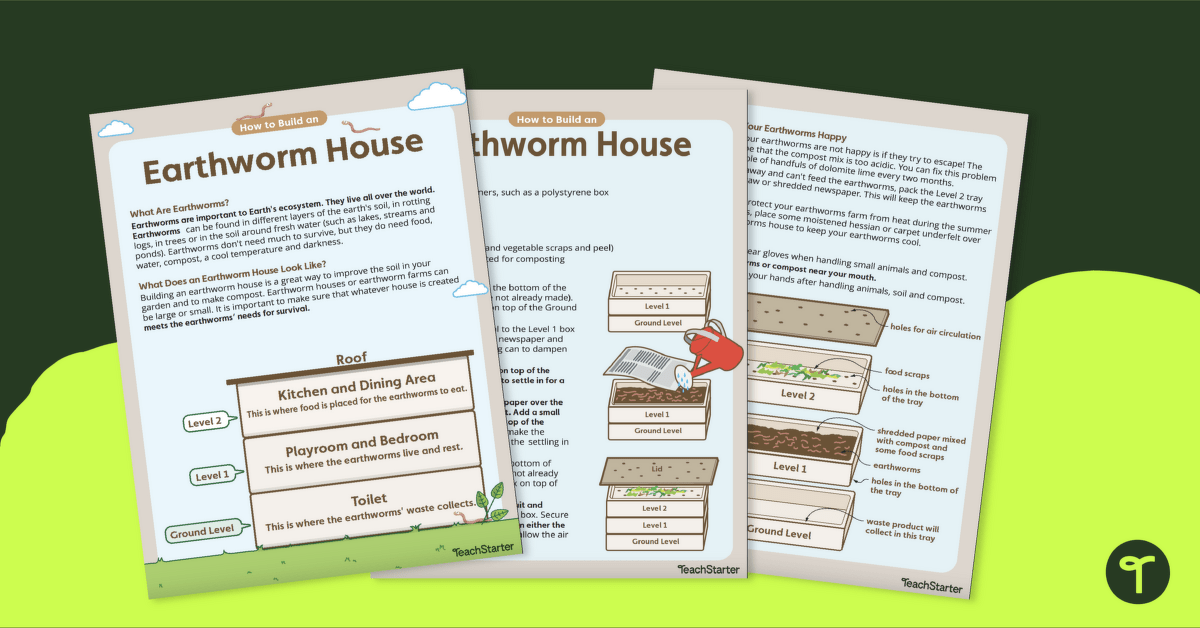

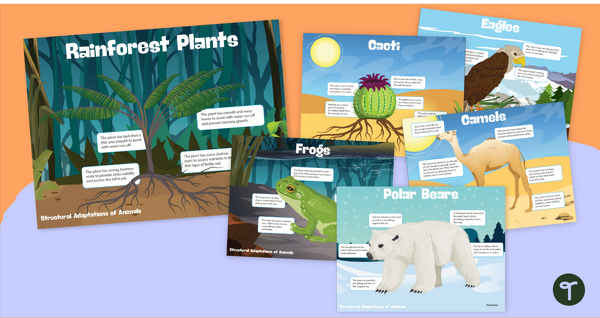




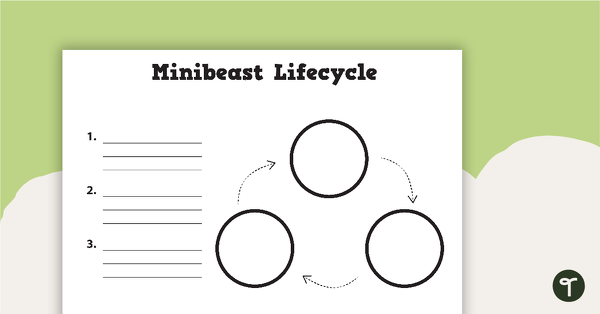

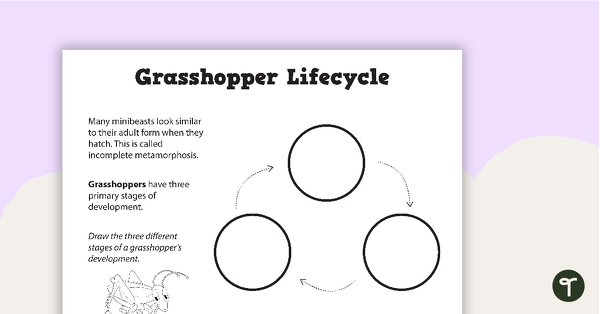
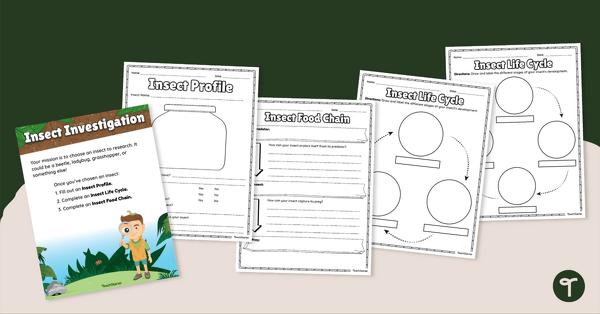
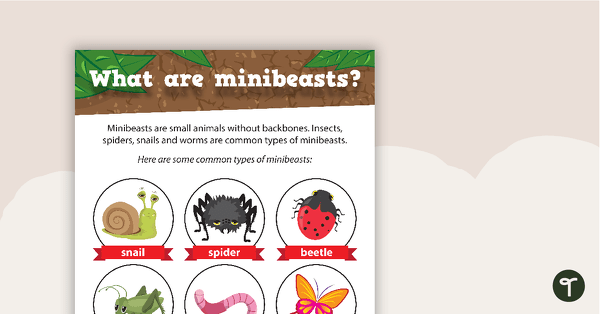
0 Comments
Write a review to help other teachers and parents like yourself. If you'd like to request a change to this resource, or report an error, select the corresponding tab above.